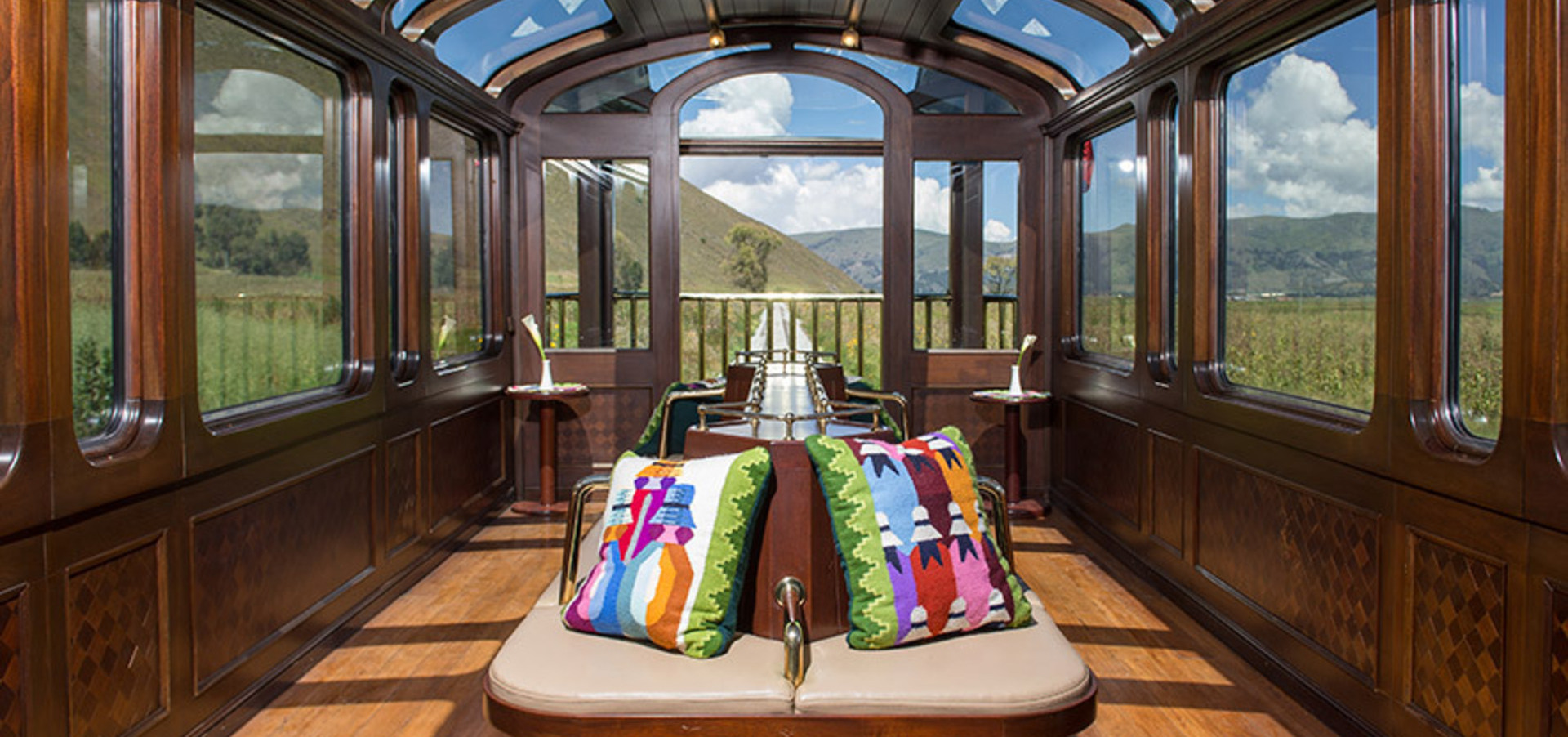
Are you getting ready for a trip through the Sacred Valley of Peru to reach one of the most renowned archaeological locations in the Americas? It’s certainly a popular tourist route, but reaching Machu Picchu is not as straightforward as visiting many other great global attractions. You’ll have to hike for days or catch a train.
Until explorer and Princeton educator Hiram Bingham set foot in Machu Picchu as the first foreigner in 1911, the “lost city of the Incas” was indeed lost. This concealed city did not turn out to be an Inca capital adorned with gold; it was merely a fortress too secluded for the conquistadors to discover. (Vilcabamba was actually the last capital of the Incas before their demise.)
Nonetheless, it was a site filled with awe-inspiring ancient architecture that the locals were aware of, but no one else was. Perched high on a mountain and requiring a strenuous hike to access, it holds numerous secrets that may never be uncovered and enigmas that can’t be solved without a time machine.
The site continues to evoke wonder and admiration today, its image now ingrained in our minds by countless Instagram posts. (Half taken from the exact same location at the Sun Gate.) The government continually raises the daily visitor cap while seeking ways to distribute them throughout the day, introducing more regulations every year or two that strive to balance profit with compliance to UNESCO World Heritage standards.
This delicate array of ruins was never intended to accommodate such large crowds—the limit was just 1,250 per day during my initial visit in the early 2000s—so many price hikes and visitor regulations have been implemented over the years to avoid turning people away while still safeguarding the structures.
This is not a trip where you can just improvise without doing research unless a tour company is managing all the arrangements. Plan ahead for advance tickets and determine how you will get there— the earlier you book, the better.
Your chosen method of arrival will influence your experience, energy, and the time and money you spend. Some travelers are under time constraints, others are concerned about altitude sickness, or whether they’re fit enough for lengthy walks. The journey can be just as intriguing as the destination. The trek to Machu Picchu involves not just the arrival—it also encompasses the experiences along the way.
## Machu Picchu by Train
A train ride to Machu Picchu offers speed, comfort, and significantly less planning effort than hiking options. It is ideal for travelers with limited time or those who prefer simpler logistics. [Machu Picchu rail tours](https://incarail.com/en/tours) from the Cusco and Ollantaytambo train stations provide direct access with dependable schedules. Families, older adults, or individuals with mobility challenges may favor the train.
The train journey is smooth, calm, and gentle on the body. It welcomes travelers of all ages and fitness levels. You can relax and enjoy the scenery without any physical exertion. There are also multiple departure options, as there are trains from the Cusco area or from various places in the Sacred Valley.
You can opt for a “vistadome” style train featuring a glass-panel roof for optimal views. Even the most budget-friendly option provides large windows and expansive vistas of the Andes. You will see rivers, cloud forests, and agricultural land pass by your seat. While it may not be as picturesque as a hike, you do get to view some of the Peruvian countryside. This is the one I took below, although you can upgrade for meal service and fewer passengers per vehicle.
There’s a premium choice available, the Hiram Bingham Train named after the explorer. It’s operated by the same company as Belmond Hotels, formerly Orient-Express, a subsidiary of the world’s largest luxury goods conglomerate LVMH. If your affluent relative is footing the bill, enjoy the complimentary drinks, meals, and entertainment included in the $1,140 round-trip fare.
Trains to Machu Picchu technically operate year-round, but it’s not uncommon for service to be interrupted during the rainy season, and occasionally the tracks have suffered from mudslides or floods requiring weeks of repairs. Unless there’s no alternative, it’s advisable to avoid visiting Machu Picchu from January through March.
## Hiking to Machu Picchu
Reaching Machu Picchu on foot allows you to observe the landscape at a leisurely pace rather than watching it zip past. Trekking is more appealing to adventure enthusiasts, backpackers, and nature aficionados, which was definitively my crowd when I embarked on the Inca Trail in my younger years. Solo adventurers generally appreciate the guided groups accompanying hikes, while couples relish the opportunity to share meals.